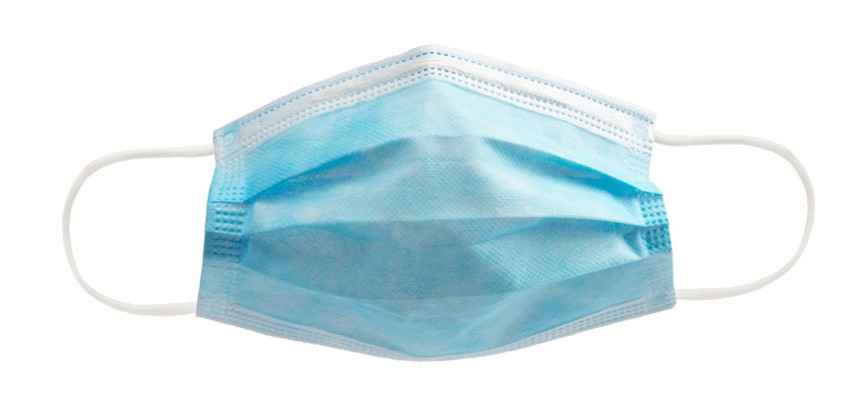Health Agencies Seek Face Mask Designs of the Future

CQyoung/istockphoto
Federal officials want innovators to reimagine the protective products.
In a move to accelerate the making of next-generation face masks, two federal health agencies invited innovators to design comfortable, mass-producible protective options.
Promising concepts will be awarded via a new joint prize competition—the Mask Innovation Challenge: Building Tomorrow’s Mask—recently launched by the Health and Human Services Department’s Biomedical Advanced Research and Development Authority and Centers for Disease Control and Prevention’s National Institute for Occupational Safety and Health.
“Many public health agencies worldwide are encouraging their citizens to wear masks when in public spaces in order to reduce the spread of infectious respiratory diseases,” officials wrote in the challenge description. “However, there remain notable barriers that reduce overall mask usage.”
They’ve emerged as an almost must-wear accessory amid the contemporary pandemic, but as the challenge invite suggests, many masks are often untested or uncomfortable in hot or humid areas. Other “barriers” to use, according to the document, include that they can make it difficult to communicate, fog eyeglasses and that prolonged wearing can result in contact dermatitis.
“Overall, there is a need to develop better designs, materials, and technologies that are more acceptable to wearers and that ensure quantified measures of performance,” officials wrote.
The challenge competition is broken up into two phases. It’ll run for half a year, at a minimum, and a third phase is also possible.
In the first phase, respondents are expected to submit concepts for a “redesigned mask.” Those participating in the first track will “focus on improving upon already existing designs for masks.” If they opt for the second track, participants will incorporate novel technologies and materials that aren’t included in current mask designs. No more than 10 winners will be selected in this initial phase to gain $10,000 each to produce a prototype of their concept.
Participation in the second proof-of-concept phase isn’t dependent on joining the first. But finalists in that next round will eventually compete for a prize purse of up to $400,000, which would be divided among 5 winners. The announcement breaks down judging criteria metrics to be considered in the review process.
The first round of applications is due April 21.






